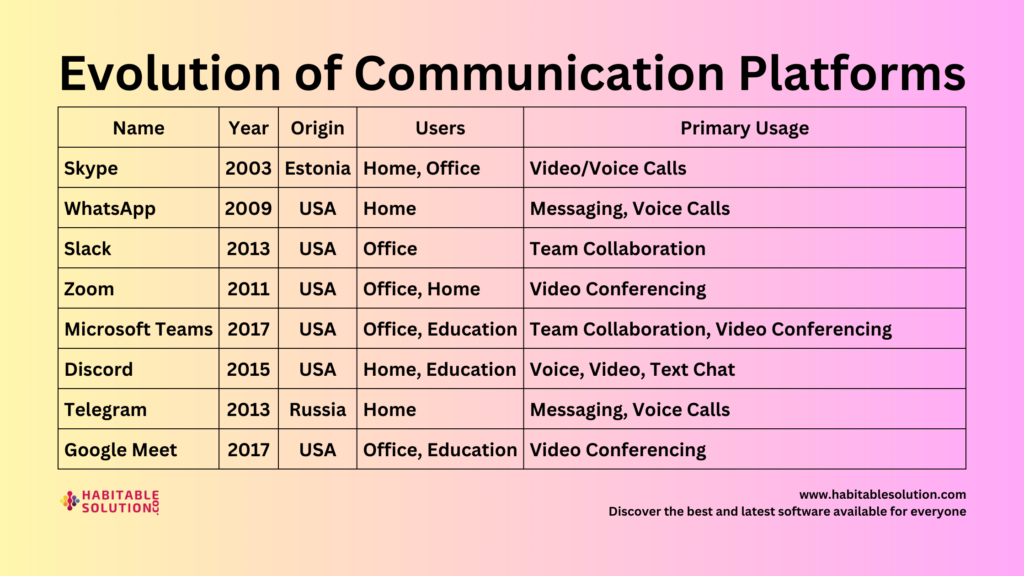Lina still remembers the electric thrill of typing sudo pacman -Syu for the very first time. A glossy blog post had insisted that installing Arch Linux was the mandatory gateway to “real” hacking, the first rite of passage toward elite status. Ten hours later she was ankle‑deep in dependency errors, her Wi‑Fi driver missing, and her confidence flickering like the cursor on a frozen terminal. Somewhere between compiling a custom kernel and running a 300‑line Bash script she barely understood, it dawned on her that she had learned nothing about hacking. What she had learned was how to spell cryptic package conflict.
Lina’s humiliation is common. A search for “beginner hacking guide” yields carnival‑barker headlines urging newcomers to dual‑boot obscure distributions, rice window managers until the screenshots sparkle, and install an alphabet soup of exploits “just in case.” The terminal scrolls, the dopamine surges, Twitter applauds the aesthetic—and nothing practical lodges in muscle memory. In the pages that follow, we’ll shadow Lina’s journey out of that trap. We’ll expose the three gravitational pulls that keep beginners orbiting tutorials instead of landing skills, then trace the 90‑day path that turned her into a budding professional whose résumé is a GitHub full of original code, not neon screenshots.
The Mirage of the Mega Tool‑Chain

Our first stop is a cluttered desktop: ten terminal tabs, countless GitHub repos, and a sense that more tools equals more expertise. It is the same mirage Lina chased. On her first Capture‑the‑Flag attempt she froze at the starting gun because she could not remember a single Nmap flag, let alone why SYN scans matter. She had spent weeks installing Burp extensions, PowerShell obfuscators, and kernel‑mode rootkits, yet never practiced the four operations responsible for most real‑world breaches—service enumeration, password guessing, patch verification, and phishing defence.
Only when she uninstalled half her toolset did comprehension settle in. She spent two evenings with Nmap and Wireshark, manually crafting packets and watching three‑way handshakes unfold. She fuzzed a deliberately vulnerable web app with nothing but ffuf and a wordlist she built by scraping the site’s HTML. She wrote a fifty‑line Python script that parsed Nmap XML into a CSV report, a humble tool that forced her to understand XPath and the structure of scan outputs. By shrinking her arsenal, Lina removed choice paralysis and, more importantly, welded fundamental concepts to her fingertips.
Distro Worship and the Cosmic Joke of Rice

Months earlier, Lina had believed the anointed path to credibility came through an exotic operating system. Forums overflowed with debates about init systems and screenshots of rainbow Zsh prompts. She spent an entire weekend perfecting the gap size in her tiling window manager, only to panic when she could not locate the syslog file because her distro stored logs differently. That week her first bug‑bounty target turned out to be an unpatched WordPress plugin—an issue she could have found from any distribution, including a live USB.
The epiphany arrived in quiet embarrassment: attackers do not care about your window manager. They care about the combination of kernel exploits, network exposure, and credential hygiene. Lina wiped the slate and installed a mainstream distribution she could repair without Google. She reserved customization for security rust‑proofing: full‑disk encryption, a minimal firewall, automatic patch updates. Hours once lost to desktop flair migrated to packet‑capture drills and Python practice—intangibles that later impressed interviewers far more than a photogenic terminal.
The Infinite Scroll That Stole Six Months

YouTube’s algorithm then took its shot. Each time Lina clicked “next,” a carnival of advanced attacks beckoned: Blind XXE at midnight, Padding‑Oracle at dawn, SDR satellite hacking by lunch. Learning felt exhilarating until she realized half a year had passed and she still could not string a complete exploit together. She had fallen victim to the fluency illusion—the brain’s tendency to confuse recognition with recall. Videos made topics seem familiar, so she assumed competence and clicked onward.
The reform was brutally simple. Lina restricted herself to a playlist of ten foundational videos—no more, no recommended detours. After each clip she forced ten hands‑on repetitions: solve a challenge, write a note, publish a short write‑up. The Watch‑One, Do‑Ten rule chafed at first; her progress slowed visibly. But within weeks she noticed concepts were no longer floating trivia—they were reflex. Her GitHub filled with exploit walk‑throughs, each annotated with surprises encountered and scripts written. The algorithm lost its grip because genuine curiosity now resided in her lab, not in autoplay.
Ninety Days of Deliberate Struggle

The culmination of these changes formed a 90‑day arc that any beginner can replicate. Lina’s first month was pure foundation: she traced the OSI model without notes, mastered package management on a stable distro, automated backups with cron, and conquered OverTheWire’s Bandit exercises. By the fourth week she could navigate a terminal blindfolded—a milestone no screenshot could fake.
Month two embraced controlled exposure. Lina captured HTTP traffic in Burp, annotated every header, and aligned each HackTheBox flag with its CWE identifier. She built that Nmap‑to‑CSV converter and dared to enter a weekend CTF, capturing at least one flag per category. Success bloomed not from exotic tools but from command mastery, methodical note‑taking, and the courage to stumble in public.
The final month sampled specialisation. Lina chose cloud security, spun up vulnerable AWS stacks with CloudGoat, and broke them ten different ways. She joined her local OWASP chapter, delivered a lightning talk on IAM misconfigurations, and wrote a bash script that alerted her to new IAM roles each morning. When recruiters later skimmed her profile, they saw a single coherent narrative: problems identified, tools crafted, knowledge shared.
Data, Not Hype—The Payoff

Six months after wiping Arch, Lina compared numbers. Her CTF ranking had climbed from the bottom third to the top 12 percent in her region. Two SSRF discoveries yielded $4,700 in bug‑bounty payouts. Most telling, a junior SOC position materialised—an interviewer cited her GitHub repo analysing packet captures, not her choice of desktop wallpaper.
None of these outcomes required esoteric kernels or 50‑gigabyte wordlists. They required lab hours, thoughtful documentation, and micro‑tools born of personal pain points. Lina’s minimalist stack—Nmap, ffuf, Python, Obsidian, HackTheBox—proved bottomless once she committed to depth over sparkle.
Metrics Replace Mirror Selfies

Screenshots of riced desktops once fed Lina’s ego; today a plain text file holds five metrics: lab hours, flags solved per domain, write‑ups published, tools built, community contributions. Numbers kill imposter syndrome. They spotlight plateaus algorithms cannot mask. They ensure every hour watched converts to an hour worked.
Beyond Aesthetics—Toward Ability

Operating systems, dotfiles, and rainbow prompts please aesthetes; exploits please incident‑response team leads. The talent crunch of 2025 is not for Arch aficionados who can recite wiki pages but for practitioners who trace segfaults and weaponise them responsibly. If you have spent weeks engineering the perfect rice, freeze your terminal for a moment and ask: can you pivot off a compromised box without a tutorial narrator? If not, kill the vanity builds and build competence instead.
Close Reddit, open a vulnerable VM, and type until the keyboard echoes unfamiliar error codes. Solve them. Then write about them—because teaching crystallises memory. Finally, hand your script to a peer and ask for brutal feedback. The cycle turns spectators into operators.
Lina did exactly that. Now, each time a beginner shows off a screenshot of a tweaked i3 gaps desktop, she smiles warmly and says, “Nice colours. Tell me about the last bug you found.” The conversation often stalls, but occasionally it ignites. That spark—not the wallpaper—marks the birth of a real hacker.
What others also search for:
Does hacking have a future?
Can I become an ethical hacker in one year?
Which is better, TryHackme or hackthebox?
Written by Tahsin Tariq | HabitableSolution.com





